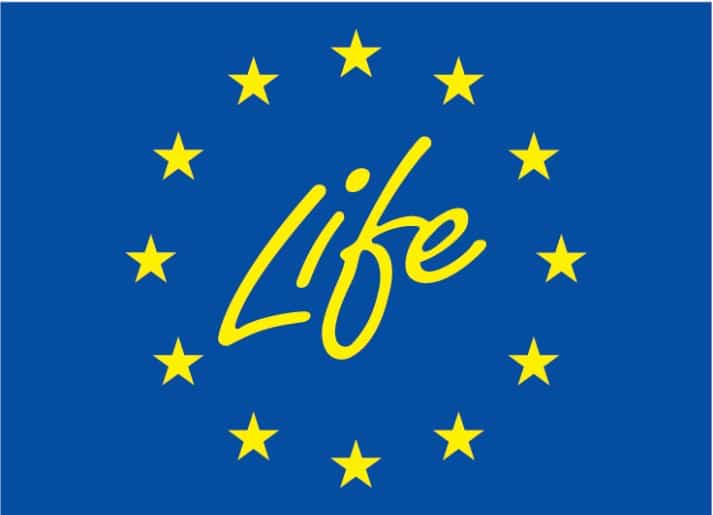The EU Emissions Trading System: two decades of scope evolution
Set up in 2005, the EU Emissions Trading System (EU ETS) is a pillar of Europe’s decarbonisation strategy. Based on nearly two decades of collected data, analysing trends in sectoral coverage and installations dynamics provide valuable insights for effective system monitoring.
The EU carbon pricing mechanism sets a cap on the total emissions from selected energy-intensive sectors. This cap decreases over time, targeting a 62% reduction in emissions by 2030 compared to 2005 levels.[1] Under the EU ETS, companies must buy an emissions allowance for each tonne of CO2e they release into the atmosphere.
For years, the effectiveness of the EU ETS as a carbon pricing measure was limited, as the price of an allowance stayed under 10 EUR/tCO2e (Figure 1). An excess supply of carbon allowances was shown to be a cause of these low prices. The system has undergone many regulatory adjustments to shore up prices and tackle other challenges.[2] Chief among them was the introduction of a Market Stability Reserve which began operating in 2019. This reserve addresses the issue of oversupply by adjusting the number of allowances to be auctioned based on pre-defined thresholds of the “total number of allowances in circulation” (TNAC).
The EU ETS operates in trading phases. It is currently in its fourth trading phase, which runs from 2021 to 2030. Each new phase allows regulators to keep the ETS up to date with the EU’s evolving climate ambitions. As such, the rate of change of the cap and the scope of the system have increased since 2005. Discussions are currently underway regarding the future of the system post-2030. This includes considerations for scope expansion into different sectors and the inclusion of industrial carbon dioxide removals.[3]
Environmental and Economic Coverage
The EU ETS covers emissions from electricity and heat generation, energy-intensive industries, and domestic aviation in Europe. Together, these sectors represented around 36% of total EU GHG emissions in 2022.
Comparing the total emissions of the installations covered by the EU ETS with their total respective sectoral emissions gives the sectoral environmental coverage of the system. Since 2008, this environmental coverage indicator has been consistently high, above 80% (Figure 2). The increase in coverage observed for the manufacturing sector in 2013 relates to the widening of the scope of gases and activities covered at the start of Phase III.
Correspondingly, sectoral economic coverage can be estimated by taking the ratio between the economic performance of regulated firms and the total sectoral economic performance. For all the economic performance variables used, the economic coverage indicators are low: below 50% across all sectors (Figure 2).
Figure 2: Sectoral coverage evolution
Installations entries and exits dynamics
On a more granular level, monitoring firm dynamics in the EU ETS presents an interesting metric for analysis (Figure 3). Since 2005, the count of active installations has evolved every year, with some installations entering the system and others leaving its regulatory scope. This reflects changes in the legislation of the EU ETS. More installations entered the system with the increase in covered sectors and countries. For example, the dark blue entries in 2007 and 2008 are due to the inclusion of Norway and Liechtenstein in the system, and the blue peak in 2012 is due to the extension to domestic flights. In terms of exits, the main peak appears in 2021, when installations from Great Britain left the EU ETS due to the enforcement of Brexit.[4]
Figure 3: Installations entries and exits dynamics
Increased data granularity for an improved monitoring
Monitoring the evolution of coverage scope and the firms’ entry and exit dynamics contributes to the understanding of the functioning of the system and its impact. Although improvements have been made since the first days of the EU ETS, multiple data challenges remain.[5] Increased data transparency and availability would help improve the quality of the indicators mentioned.
Continued monitoring and improvement of the coverage indicators is essential to inform the policy debate. For instance, in the context of implementing the Carbon Border Adjustment Mechanism (CBAM), having comprehensive coverage information is key. More generally, the experience with the EU ETS highlights the importance of precisely defining the information collection process from the start to facilitate monitoring and impact evaluation. This should also be considered when designing the implementation of the EU ETS2. This extension of the EU ETS includes fuel combustion in buildings, road transport, and additional sectors, with a monitoring and reporting phase set to start in 2025. Policymakers could make greater strides towards their emissions targets by harnessing the wealth of data that such a comprehensive sectoral coverage will offer.
Dive deeper:
- Borghesi, S., Mazzarano, M. & Raude, M. (2024). EU Emissions Trading System sectoral environmental and economic indicators.
- Borghesi, S., Mazzarano, M. & Raude, M. (2024). EU Emissions Trading System Installations Entries and Exits.
- COM(2023) 654. Report from the Commission to the European Parliament and the Council on the functioning of the European carbon market in 2022 pursuant to Articles 10(5) and 21(2) of Directive 2003/87/3C. European Commission
- EUETS.INFO (EUTL): European Union Transaction Log data vintage 2023 parsed by Jan Abrell (https://www.euets.info/)
- Verde, S. F., Graf, C., & Jong, T. (2019). Installation entries and exits in the EU ETS: patterns and the delay effect of closure provisions. Energy economics, 78, 508-524.
- The adoption of the EU ETS Directive (EU) 2023/959 has raised the targeted climate ambition of the system.
- VAT fraud and governance disparity at the national level, to name a few (Borghesi & Montini, 2016).
- Raude, M., Heinrich, L., Ferrari, A., Ekins, P., Osorio, S., & Borghesi, S. (2024). Climate neutrality: policy scenarios for emissions trading. FSR Climate Policy Brief, European University Institute.
- All installations in Northern Ireland except electricity generation plants left the system.
- A joint feedback calling for improved data was submitted by members of the scientific research community to the EC consultation on Registry Regulation.







